h3. The Mysterious Travels of the Bonarda Grape
Argentina’s second most planted grape variety is a bit of a mystery. Bonarda, which may be the same as a Californian grape called Charbono, is believed to have slipped into the country during the 19th century, brought here by immigrants from northern Italy. In Piedmont, home of Barolo and Barbaresco, there are three different grapes of this name and no-one really knows which one travelled to the Argentine. The most likely contenders are either Bonarda Piemontese or Bonarda Novarese, known as Uva Rara, or “the rare grape”, which is appropriate since Bonarda has pretty well disappeared in Italy.
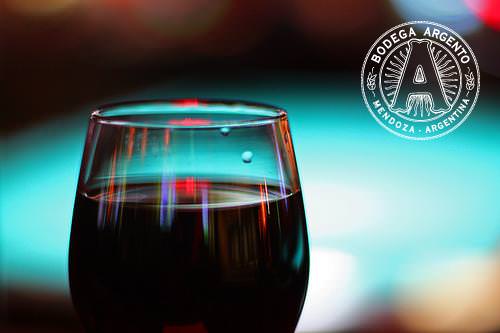
Image courtesy of Mr. T in DC via Flickr
Today there are 46,000 acres of Bonarda in Argentina, of which 38,000 are in Mendoza with most of the rest in San Juan. A generation ago it was the country’s number one grape, not that people knew, since its name was rarely if ever mentioned on the label. The majority of Bonarda was blended away into anonymous jug wine to quench the country’s considerable thirst. In 1970 the average Argentine drank a third of a bottle of wine a day.
h3. The Workhorse Grape of Argentina
This workhorse grape was popular with growers because it could provide big yields if you gave it enough water, and yet still be able to add color and a little fruit to low-grade varieties like Criolla. But serious winemakers largely ignored Bonarda, in order to concentrate on Malbec and Torrontés. Some did persevere however, and today the variety is beginning to gain some wider recognition. And maybe to their surprise, Argentine producers have actually had quite a lot of success with it abroad, partly because it can be really good value.
h3. Easy-going Fruit Flavors
The truth is this late-ripening variety always had potential, it just needs to be treated with a little respect in the vineyard and picked at a reasonable yield. Bonarda can make wines with plenty of easy-going charm that tend to be lighter-bodied than Malbec, but full of fruit, with flavors of cherries and plums and with light tannins and moderate acidity.
h3. A Bonita Bonarda Bonanza!
Some producers are using old vine Bonarda and ageing it in oak. Such wines have much more concentrated fruit with flavors of figs and raisins, and can be quite full-bodied and tannic with the sort of deep, inky color of Malbec. Others are going in the opposite direction, and using Bonarda to produce fresh, juicy Rosé, while some are blending it with other varities, though not usually Malbec.

Tom Bruce-Gardyne

Latest posts by Tom Bruce-Gardyne (see all)
- Own Your Piece of the Dream – Vineyard Sharing in Mendoza - August 8, 2012
- Argentina Wine Regions: San Juan - June 19, 2012
- Beyond Steak & Empanadas – Argentina’s New Wave Cuisine - March 20, 2012

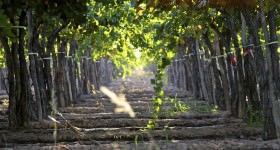 Bully for Bonarda
Bully for Bonarda  Argento Bonarda 2009 Wins Trophy at Argentina Wine Awards 2011
Argento Bonarda 2009 Wins Trophy at Argentina Wine Awards 2011  ‘Take 5’ Global Sommeliers: Argentine Food & Wine Pairings
‘Take 5’ Global Sommeliers: Argentine Food & Wine Pairings  ‘Take 5’ Food & Wine Pairings from Top Argentine Sommeliers
‘Take 5’ Food & Wine Pairings from Top Argentine Sommeliers 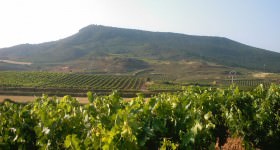 Know La Rioja, the famous wine region of Argentina
Know La Rioja, the famous wine region of Argentina 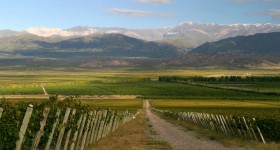 Argentina Wine Regions: San Juan
Argentina Wine Regions: San Juan  Malbec, Meat and More – Food Pairing with Argentina’s Flagship Wine
Malbec, Meat and More – Food Pairing with Argentina’s Flagship Wine 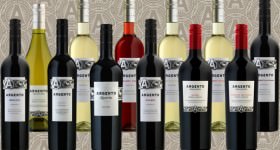 Argento’s Twelve Wines of Christmas
Argento’s Twelve Wines of Christmas 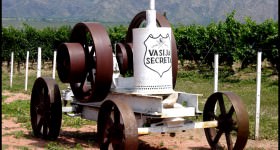 A Taste of Terroir: Argentina’s Diverse Wines & Wine Regions
A Taste of Terroir: Argentina’s Diverse Wines & Wine Regions  Argentina Wine Regions: Patagonia
Argentina Wine Regions: Patagonia 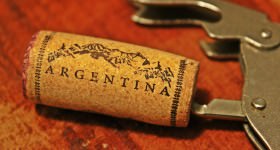 The Global March of Malbec
The Global March of Malbec 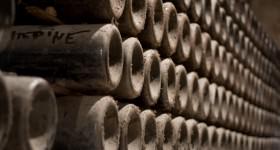 The Endless Debate: Screw Cap Wine vs. Cork
The Endless Debate: Screw Cap Wine vs. Cork
Where can we get this wine in Canada? Are you importing it yet, or is can it be purchased through consignment?
Unfortunately, Argento Bonarda is not currently imported to Canada. You should contact the alcohol control board in your province (like the LCBO in Ontario) and request that they list the wine. Alternatively, if you travel to the USA, the wine is available there. Contact our US importer, Lion Nathan, for more details. http://www.lionnathanusa.com/
[…] dontcallmeanartist.com/?p=22 notbuying.blogspot.com/2010/04/vin-pa-pet-flaska.html https://www.therealargentina.com/bonarda-argentinas-best-kept-red… amolife.com/image/miscellaneous/in-vino-veritas.html […]
[…] dontcallmeanartist.com/?p=22 notbuying.blogspot.com/2010/04/vin-pa-pet-flaska.html https://www.therealargentina.com/bonarda-argentinas-best-kept-red... amolife.com/image/miscellaneous/in-vino-veritas.html […]
Yes,
Red wine is beneficial for human.
it is having huge scientific and natural benefits, which is helpful for us.
thanks for the other secrets.
Yes,
Red wine is beneficial for human.
it is having huge scientific and natural benefits, which is helpful for us.
thanks for the other secrets.
[…] I’m enthusiastic about Bonarda and Torrontés and more obscure cépages like Petit Verdot and Gewürztraminer. Nigel: I’ll […]
[…] I’m enthusiastic about Bonarda and Torrontés and more obscure cépages like Petit Verdot and Gewürztraminer. Nigel: I’ll […]
[…] beers. Did I mention that they serve only micro-brewery beers? We discovered the Argentinean Bonarda wine varietal thanks to Phil’s selections. He also arranges interesting wine flights for those who would […]
[…] not Croatina, which is a Lombardy grape also known as Bonarda Oltrepo Pavese. [Continued…] From therealargentina.com: Argentina’s second most planted grape variety is a bit of a mystery. Bonarda, which may be the […]
have just tried bonardo for first time…..a blend with merlot from Aconga…..very impressive…made me want
to find out more…….am a Malbec fan and this blend is very smooth with a lustrious finish……cannot say
enough good about this grape…….will look for more……J. C. Adams, Dahlonega, Georgia
Thanks very much for your comments — we could not agree more that Bonarda is a wonderful grape variety and at its best in Argentina. Ask for it at your local wine shops and restaurants.
Hi Marilyn, we wanted to let you know that our Argento Reserva Bonarda is now available in Canada from British Columbia Liquor Stores: http://www.bcliquorstores.com/… — You should give it a try!
[…] and it “may be the same as a Californian grape called Charbono.” Actually, the post “The Mysterious Travels of the Bonarda Grape” gives a good history and details of the […]
[…] very rich and fruit forward, many growers use it as a blending grape but the most talented create a 100% Bonarda wines. First, a lot of intensity on the nose and palate, aromas of red/black fruits such as […]
[…] had me hooked, but was it going to be any good? Always a gamble. It’s 50% Sangiovese and 50% Bonarda blend, a varietal I am not familiar with. 2007 year vintage, ok so 5 years not bad. 12.8% alcohol, […]
[…] Origin of Argentine Bonarda Posted on February 2, 2013 by Bradley The Bonarda varietal is known as the ‘secret grape’ of Argentina, second in production only to the infamous […]
Bonardas are the great well kept secret of the wine world. A little lighter than Malbecs, but with great dark fruit flavors. If these were soft drinks, they’d be root beer or Dr. Pepper!